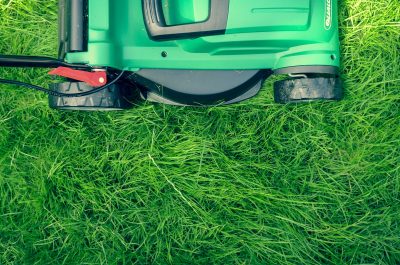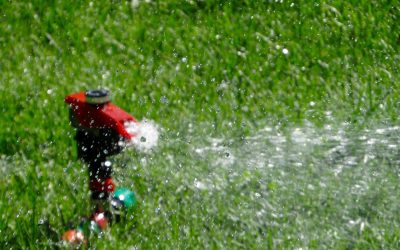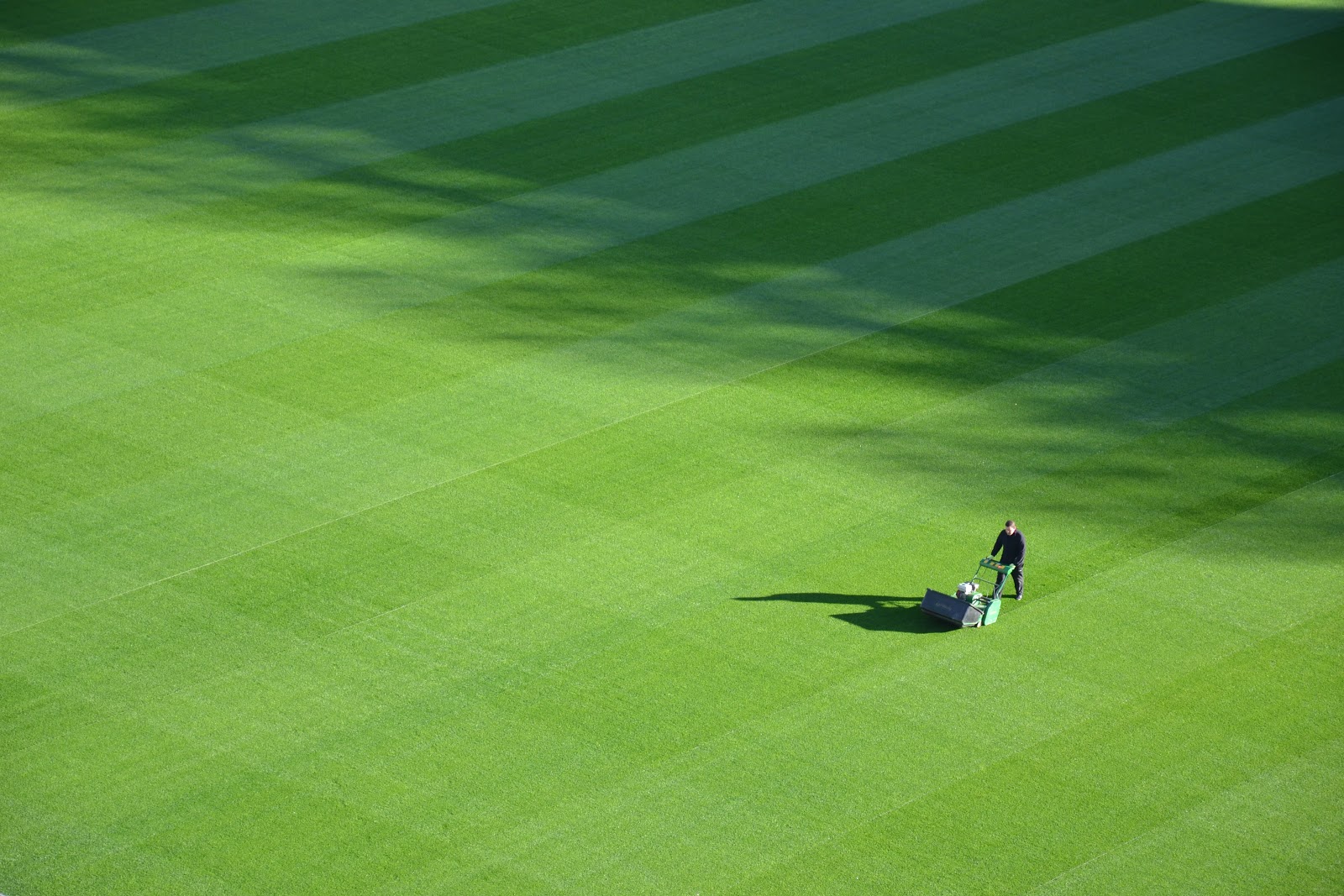Many Americans cut their lawns too short, water the grass too much, and fertilize at the wrong times. Unfortunately, figuring out how to properly take care of your lawn might feel overwhelming at first.
Navigating lawn care can feel like deciphering a complex code, with conflicting advice at every turn. However, a guiding light through this maze of information could be found at GreenLawnCareInc.com. Their expertise can simplify the process, offering tailored guidance for a healthier lawn. With their insights, making informed decisions becomes more manageable amidst the abundance of resources.
It can be difficult to decide what to do when there is so much source material out there. But it doesn’t have to be hard because anyone can become a lawn care expert with a little research.
You might be wondering if you need to know what kind of grass and soil you have before taking care of your lawn. These things do matter, but the three most important parts of lawn maintenance are mowing, fertilizing, and watering.
All of these things are influenced by your timing, so it is important that you know when to do each step. To make things easier, here are the top 5 tips for lawn care all in one place professional lawn maintenance.
Table of Contents
1. Mowing Your Lawn
This might seem obvious, but it’s one of the most important parts of maintaining a nice lawn. It’s essential to keep your mowing blade sharp because this ensures that your grass blades are being cut and not torn.
You will want to avoid “scalping” your lawn, which is mowing it too short. Short grass tends to expose soil, allowing for weeds to pop up more easily. In summer, you should adjust your mowers cutting deck, raising it higher. This allows for taller grass, which develops deeper roots. Additionally, lowering the cutting deck in late fall keeps snow mold from attacking the grass in winter.
Homeowners should aim to trim their grass when it’s dry because wet grass can clog the lawnmower. Mowing a wet lawn can also tear and kill your grass because clumps of wet grass fall out of the mower and onto the lawn.
To achieve the best lawn in the neighborhood, homeowners should mow their dry lawn with a sharp blade, being careful not to cut the grass too short and expose the soil.
2. Fertilizing Your Lawn
Depending on the type of grass, homeowners should typically fertilize the lawn right before it’s about to do the majority of its growth. Peak growth occurs in mid-summer, so homeowners should fertilize in late spring or early summer to see the best results.
For the best results, homeowners should apply the fertilizer around the edges of the lawn first and then use a rotary spreader to move the fertilizer back and forth across the grass. Being thorough doesn’t hurt, so it’s best to go over areas multiple times with the spreader.
With the next tip, you will learn a bit more about lawn watering, but when it comes to fertilizing, you should water a couple of days before putting down fertilizer. After the grass dries, apply fertilizer again, and then water a second time. This rinses the fertilizer off the grass blades and soaks it into the soil.
To successfully fertilize your lawn, timing is everything. In order to decide which type of spreader works best for your lawn and budget, and when you should be fertilizing your lawn it is important to do a bit of research first.
3. Watering Your Lawn

Just like fertilizing, when it comes to watering your lawn, timing is important. If you aren’t careful you may end up watering at the wrong time or using too much water can cause problems with insects and thatch, as well as waste your money.
Using sprinklers on your lawn when it’s over 95 degrees won’t help your grass. The heat causes all the water to immediately evaporate before it has the chance to reach the roots. This wastes resources, spending your money with no benefits for you or your lawn.
To successfully reach your lawn’s roots, it’s best to water it weekly for about an hour. While watering daily actually makes your lawn overly thirsty, eventually drying it out, watering weekly is perfect for almost every lawn.
While watering may seem like a daunting task at first, the most important things to keep in mind are timing and temperature. For a healthy lawn, watering weekly is sufficient, and there’s no need to overdo it. Additionally, it’s wasteful and unnecessary to water your lawn when it’s very hot outside.
4. Grasscycling
Many experts agree that homeowners should participate in grasscycling, which refers to leaving the clippings on top of the lawn after mowing. Many people already do this without even realizing that it has benefits. Grasscycling takes care of a large portion of the fertilizing, nourishing the grass and saving you money.
Leaving grass clippings on top of the lawn allows them to decompose and nourish the ground, which in turn, causes homeowners to spend less time and money fertilizing. A special mulching mower might help, as it chops the grass into smaller pieces.
5. Aerating Your Lawn
Soil aeration involves creating holes in the lawn’s soil, allowing for the roots to access the water a bit more easily. Homeowners can use a core aerator to pull soil from the lawn and make evenly spaced holes in the ground. For a smaller lawn, it’s a bit cheaper and easier to just poke holes in the soil yourself.
These holes in the soil are small enough that they will not detract from the look of your lawn, and your grass will grow greener because of the easier access to water and other nutrients. Your lawn’s roots will grow deeper, and your soil will be less compacted and hard, allowing for worms to travel through the soil and fertilize your lawn.
Conclusion:

Lawn care truly doesn’t have to be a complicated thing for you as a homeowner. Just remember to keep things simple. With these five tips, you can be on your way to a greener, healthier lawn. With a few tools, such as a sprinkler, seed spreader, and a mulching mower, you can maintain the nicest lawn on the block.
Even if it takes a little extra effort up front to make sure you’re doing things the right way it will all be worth it when you’re enjoying your plush lawn all summer long. Your neighbors may even ask you for a few tips if you really do end up with the best lawn on the block. That will be worth any effort you put up front. Enjoy your new (awesome) lawn!


















